Carole Glauber
Member Spotlight - June 2019
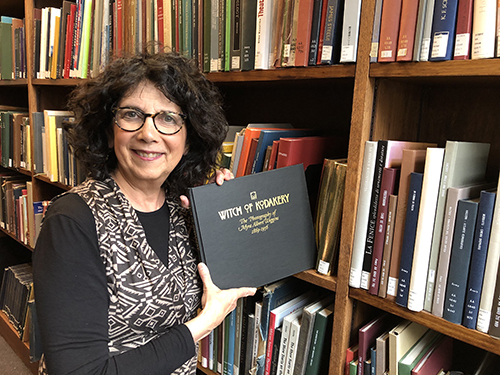
Where did you grow up, and where do you live now?
- I grew up in Illinois where I attended Northern Illinois University and earned a degree in History and Education. I also have a master’s degree in education with a specialty in learning disabilities. My husband and I lived in Portland, Oregon for 30 years where we raised our children. We now live in Ra’anana, Israel.
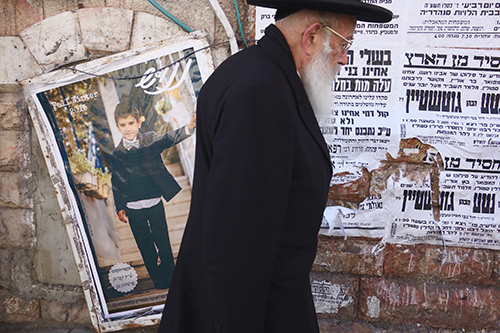
- Why did you join TPS, and how long have you been involved?
I noticed many of my colleagues were members, so I looked at the website and realized that TPS offered many opportunities for all photographers. I joined in 2018, so I am a new member.

- Why did you become a photographer, and where do you find inspiration or motivation for your work?
My interest in photography began while I was in college when I saw an exhibition of black and white photography. I learned film processing and printing, and later, took some workshops in the 1980’s, most notably with Robbert Flick and Susan Rankaitis who encouraged me to do street photography at night with a flash. I continue to photograph at night and during the day, but without the flash, and now my work is mostly in digital color.

I have a keen interest in biography and my first project was making black and white portraits for the Rural Women’s Oral History Project in Moscow, Idaho, now in the archives of the University of Idaho. I also research and write about early women photographers and have published a book about Oregon photographer Myra Albert Wiggins and many articles in this realm. I find inspiration everywhere, but also by looking at photography and painting, and sometimes while reading. At times, I write poetry.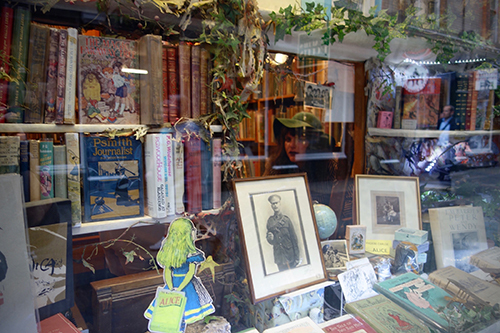
- How would you describe your photography and/or working process?
With my interest in history and biography, I tend to think in terms of how my work transcends the photograph in the moment to what it might tell us about people’s lives, culture, and environment. I spent 17 years photographing my two sons with a 1950’s Kodak Brownie Hawkeye Camera and color film—a sort of combination of street photography skills with portraiture.
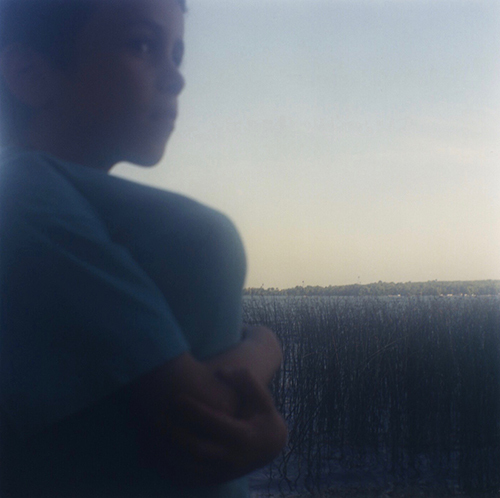
I began when my oldest was one year old and stopped when he graduated high school, so I have a unique, creative history and story of their lives that has a universal message. The plastic camera resulted in photographs with a soft, saturated appearance that I often still seek even with digital cameras. During my black and white darkroom days, I enjoyed using a Focomat enlarger and printing full frame. I still shoot carefully and rarely crop. I also like using my cell phone camera during the day and at night.

- Please tell us about your most recent photographic work.
A year and a half ago, we moved to Israel where our sons already live. I began a project exploring my new neighborhood and community, but I photograph wherever I travel, seeking those threads of culture, daily life, and environment that occur in the moment. I have written haikus to accompany some of my work.
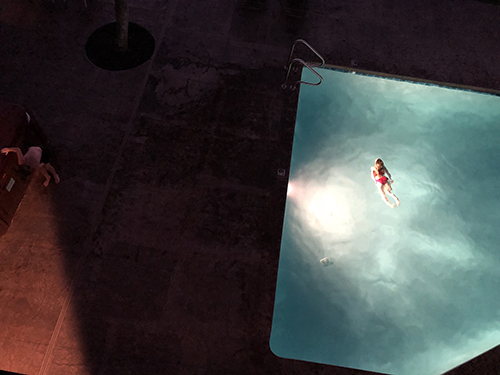
Day transforms to night
Wrapped in sweet shy sounds drifting
Palpable to some
Dreams of soft twilight
You have been for us as eyes
Upon our journey